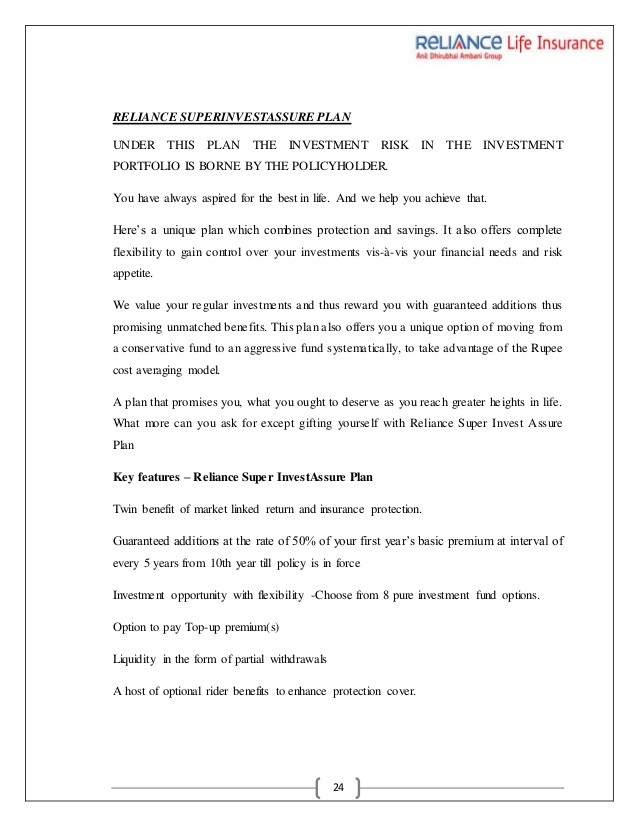We Party Patriots DOUBLE POSITIVE Pension Fund Portfolio Investments in Infrastructure
Post on: 19 Апрель, 2015 No Comment

Jun
DOUBLE POSITIVE: Pension Fund Portfolio Investments in Infrastructure
New research supports the idea that pension fund portfolio investments in infrastructure double as good investment and pro-American job creation tactic.
At a time when capital is needed to rebuild our nations aging infrastructure, diverse sources such as pension funds could provide a win-win for both government and investor according to the June 2012 IFEBP Benefits Magazine :
Pension funds often look to diversify traditional income and equities portfolios with alternatives. It is fairly common to see total alternative allocations of between 5% and 20% of the overall portfolio. Alternative asset classes include real estate, private equity, hedge funds, commodities, currency and infrastructure. While investments in these asset classes have different criteria to be considered-including risk, strategy and liquìdity infrastructure has become more recognized for its unique alternative performance characteristics. For example:
- Like real estate, infrastructure is hard-asset backed and offers long-dated annual cash flows.
-Like commodities, it offers inflation protection.
- Like hedge funds, infrastructure can be less volatile.
- Uniquely its own, and perhaps most importantly, what makes infrastructure infrastructure is the essential nature of these businesses.
Members of both parties believe that private-public investments are the answer to our nations infrastructure crisis. The concept is particularly interesting when viewed through the lens of construction trades pension funds since these investments help the funds of retirees and provide new opportunities for current workers along the same axis. Article author Sonia Axter looks at the market forces driving private investment in infrastructure:
The United States is experiencing one of the worst economic cycles in its history. The following statistics from the Center on Budget and Policy Priorities quantify some of the realities
- 44 states have budget gaps in excess of 10%.
- The aggregate state budget gap stood at more than $375 billion for 2011.
- U.S. unemployment is still greater than 8%.
So the house is on fire and, unfortunately, the nations infrastructure systems are also in crisis. The American Society of Civil Engineers (ASCE) regularly reviews national infrastructure. In its last Report Card in 2009, U.S. infrastructure earned solid Ds. The following statistics from the report highlight a bleak picture?
- 25% of bridges are either structurally unsound or functionally obsolete.
- Water systems face an annual Shortfall with 1 billion Leaking pipes lose seven billion gallons of water each day.
- Electricity demand has not been matched by investment in new transmission.
- Poor roadway conditions are a significant factor in nearly one-third of all traffic fatalities.
The practice is popular internationally and has produced positive results. In America, proponents of such investments such as former President Bill Clinton and Chicago Mayor Rahm Emanuel are calling for Infrastructure Trusts to bring such investments into fruition. Several states are also trying to encourage such investment :
both Texas and Connecticut enacted broad-ranging laws to authorize private sector financing for state and local assets in 2011. In New York, The Yonkers Public Schools recently hired a team of financial, legal and technical consultants to evaluate the potential to tap private financing to help deliver a $2 billion K-12 school modernization program.
The AFL-CIOs Housing Investment Trust (HIT), is another example that has been well-chronicled on this blog.
Leonard Gilroy and Harris Kenny of the Reason Foundation put it plainly:
While governments continue to struggle even with the basics of balancing budgets, much less long-term crises like entitlement spending and underfunded public pensions, the question is not if, but when, will more policymakers like Fortuño and Emanuel step up and embrace the private sector? Infrastructure represents the arteries and capillaries of our economy, and if we let those deteriorate, the heart itself will soon follow.














